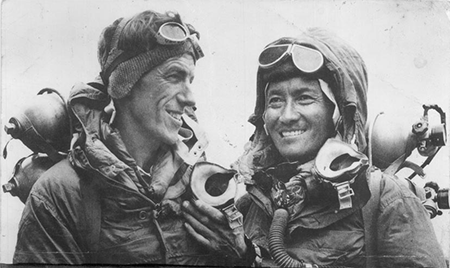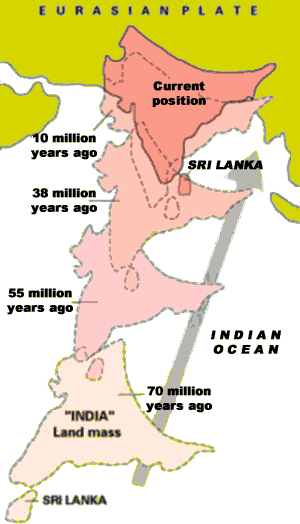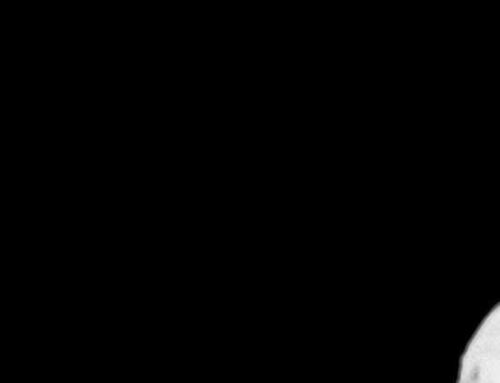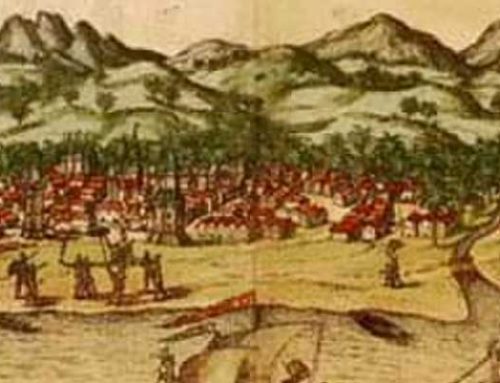The Indian subcontinent is a peninsula that juts southward from the rest of Asia like an enormous arrowhead. The massive Himalayan Mountains separate the subcontinent from the rest of Asia, making it a distinct landmass but too small to be considered a continent.
The subcontinent is part of a tectonic plate that has been moving for over 200 million years. The plate was once attached to Africa, Australia, and Antarctica, but it separated and began colliding with Asia 50 million years ago. When the two landmasses met, the resulting collision created the Himalayas. Scientists expect the Himalayas to continue rising for the next several million years.

Mount_Everest
The Himalayas include Mount Everest, the tallest mountain in the world.
Many Himalayan mountains tower over five miles above sea level to create the world’s tallest mountain chain. Himalaya means “home of snow” because the tallest peaks of the Himalayas are always capped with snow.
The Himalayas include Mount Everest, the world’s tallest mountain. Everest rises 29,028 feet above sea level on the border between China and Nepal. No plant life grows near the mountain’s peak due to powerful winds, extremely cold temperatures, and a lack of oxygen.

On May 29, 1953, Edmund Hillary (left) and Tenzing Norgay were the first climbers to reach the summit of Mount Everest.

Indian_subcontinent
The Himalayan Mountains separate the subcontinent from the rest of Asia.
Many adventurous people attempt to climb Everest every year. Often their venture ends in sickness or death. Most people cannot breathe 20,000 feet above sea level because there is not enough oxygen in the atmosphere. A person will suffer brain damage when they are unable to breathe. Strong winds and frigid temperatures combined with the lack of oxygen make the climate at the peak of Mount Everest a place for only the heartiest of people.
Resources
Download this lesson as Microsoft Word file or as an Adobe Acrobat file.
View a Powerpoint presentation of this lesson.
Listen as Mr. Dowling reads this lesson.
Lexile Measure 1120L
Mean Sentence Length 15.39
Mean Log Word Frequency 3.20
Word Count 354
Mr. Donn has an excellent website that includes a section on India.

India_tectonic_plates
The Indian subcontinent is part of a tectonic plate that has been moving for more than 200 million years.



